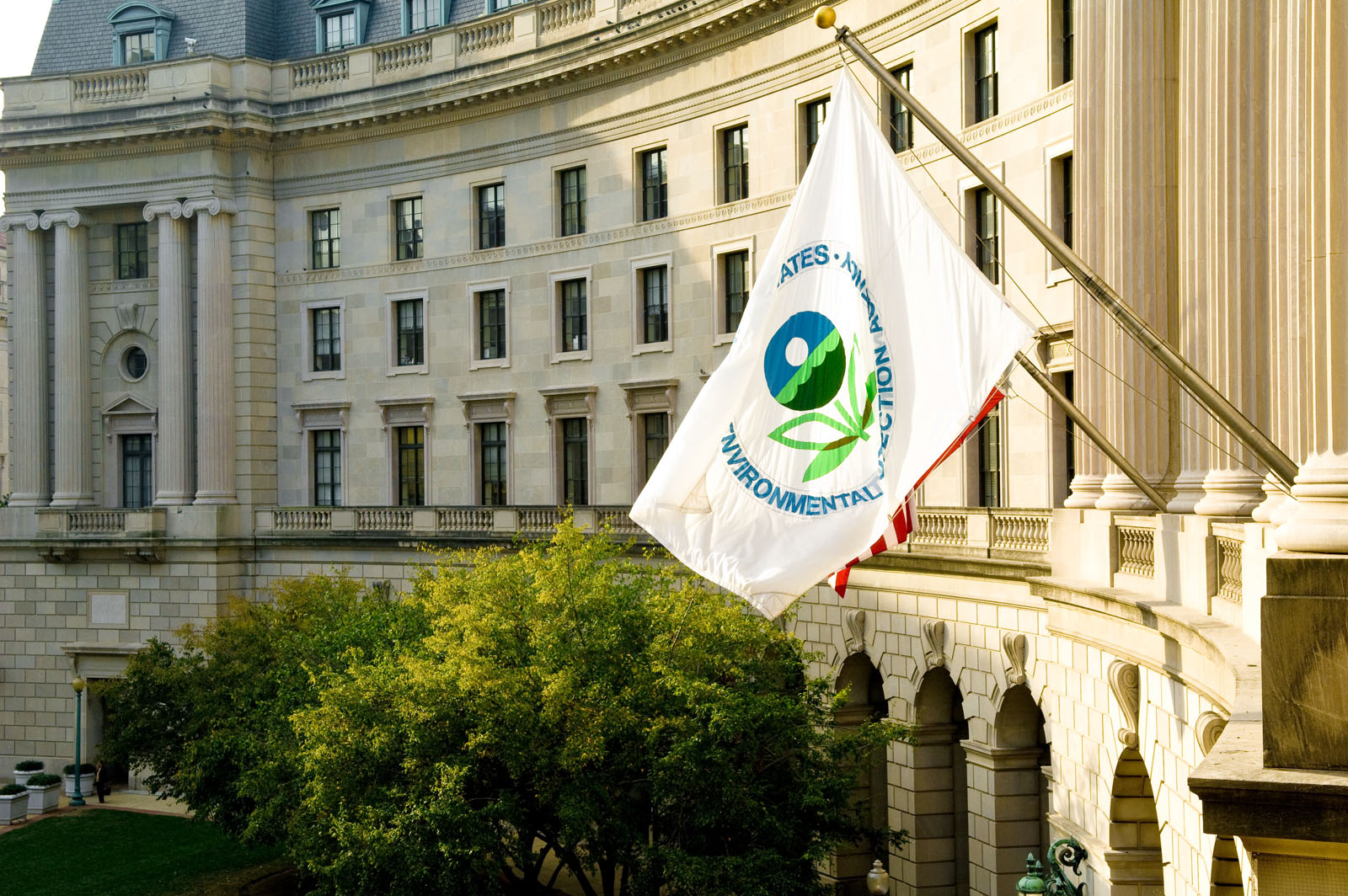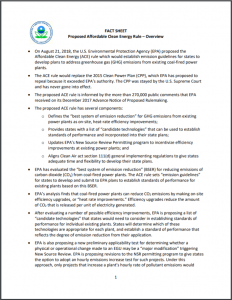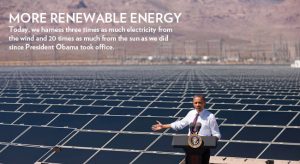
Experts predict negative impact on Great Lakes
The Trump administration’s systematic rollback of Obama era environmental policies continued last week when the U.S. Environmental Protection Agency announced its rule to reduce greenhouse gas emissions (GHGs).
Titled the Affordable Clean Energy (ACE) Rule, the Trump plan “establishes emission guidelines for states to use when developing plans to limit GHGs at their power plants,” the EPA said in a press release.
The release called Obama’s Clean Power Plan “burdensome” and Acting EPA Administrator Andrew Wheeler said “the ACE Rule would restore the rule of law and empower states to reduce greenhouse gas emissions and provide modern, reliable, and affordable energy for all Americans.”
The ACE rule “empowers states, promotes energy independence, and facilitates economic growth and job creation,” the EPA said. The plan could provide $400 million annually in net benefits and would reduce the compliance burden by $400 million compared to the Clean Power Plan, according to the EPA.
The rule will operate under the Clean Air Act but also respect its limitations, the EPA’s top official for air quality, Bill Wehrum said.
The administration’s action on replacing the Clean Power Plan is consistent with taking the U.S. out of the Paris climate accords.
It follows the rollback of other environmental rules like the Waters of the United States Rule designed to determine which waters come under the Clean Water Act, and the Clean Car Standards that would increase fuel mileage and reduce tailpipe emissions.
Doing the least
Janet McCabe helped craft the Obama Clean Power Plan and she told Great Lakes Now that Trump’s ACE rule is “the least the EPA can do.”
With its emphasis on propping up a coal industry that is struggling based on economic factors, McCabe said the new rule “allows states to require investments in older coal plants to improve efficiency.”

Janet McCabe, Senior Law Fellow Environmental Policy and Law Center, Photo by Eric Vance USEPA
But if coal producers are required to make investments in the plants, they’ll likely continue to operate them past a date when they would have been phased out, according to McCabe. That will increase CO2 emissions and local emissions “which have immediate adverse health impacts in local communities,” McCabe said.
McCabe was the Assistant Administrator for Air in the Obama EPA. She’s now a senior fellow at the Environmental Law & Policy Center in Chicago.
She said the new rule could negatively impact the Great Lakes region.
“There is a good likelihood of degraded air quality in the Midwest and Great Lakes states because of the number of old coal plants we have,” she said. “These are the plants that could be incentivized by ACE to run more and longer than they would have otherwise.”
Michigan on the fence
When the Obama Clean Power Plan was released, Michigan Attorney General Bill Schuette joined 22 other state attorneys general who petitioned the Supreme Court to block its implementation. Ohio, Wisconsin and Indiana in the Great Lakes region also signed on to the petition.
Now a Republican candidate for governor in the November election, Schuette’s campaign website lists “successfully” opposing Obama’s Clean Power Plan under “accomplishments.”

President Donald Trump with Bill Schuette, Photo by Shealah Craighead EOP via wikimedia
The site says the plan contains “job-killing energy regulations that would have hurt Michigan’s economy and increased utility bills for hard-working families.” Schuette has the political endorsement of President Trump.
Schuette’s Democratic opponent Gretchen Whitmer’s website does not mention energy issues.
Michigan Gov. Rick Snyder had originally said he would work to comply with the Clean Power Plan but put action on hold when the Supreme Court temporarily blocked its implementation.
“Michigan’s Agency for Energy is reviewing President Trump’s Affordable Clean Energy Rule and its impact on Michigan’s power sector,” spokesperson Nick Assendelft told Great Lakes Now in a Sunday email.
“We support an all-of-the-above energy future for Michigan that is affordable, reliable, safe, and protective of the environment,” Assendelft said.
Even if Trump’s plan were to be implemented, the states could continue to require tougher energy emissions than the federal minimum.
Legal entanglement
While implementation was stayed by the Supreme Court, the Obama Clean Power Plan is in federal court in Washington where former EPA executive McCabe told Great Lakes Now that the court could still make a ruling.
She says Trump’s EPA and the Justice Department have requested that the court not rule pending release of the replacement rule.
Meanwhile, lawsuits against the Affordable Clean Energy rule are inevitable and resolution of the cases can take years to resolve leaving the country without a power emission reduction plan.
In its haste to overturn Obama’s environmental policies, the Trump administration has put forth rules that to date haven’t stood up to legal challenges.
For example, a federal judge recently ruled that the Trump administration failed to follow proper procedure in trying to overturn the Waters of the United States Rule (WOTUS) by not considering public comment, according to an ABC News report.
The WOTUS rule is important for the Great Lakes region because it is preventive and can play an important role in reducing nutrient runoff from farms that cause algae blooms like the ones that have plagued Lake Erie.
Farm bureaus have been opposed to the WOTUS rule fearing increased regulation and they have been staunchly opposed to regulation in Ohio.
In spite of the legal entanglement of the competing energy emission rules, Janet McCabe says there is a “bright spot.”
“Market forces are still pushing utilities in the direction of renewable energy, no matter what is happening with federal regulations,” McCabe said.
Featured Image: Environmental Protection Agency building, Photo by USEPA via flickr.com
1 Comment
-
EPA should be changed to WRPW (What Rich People Want)!






